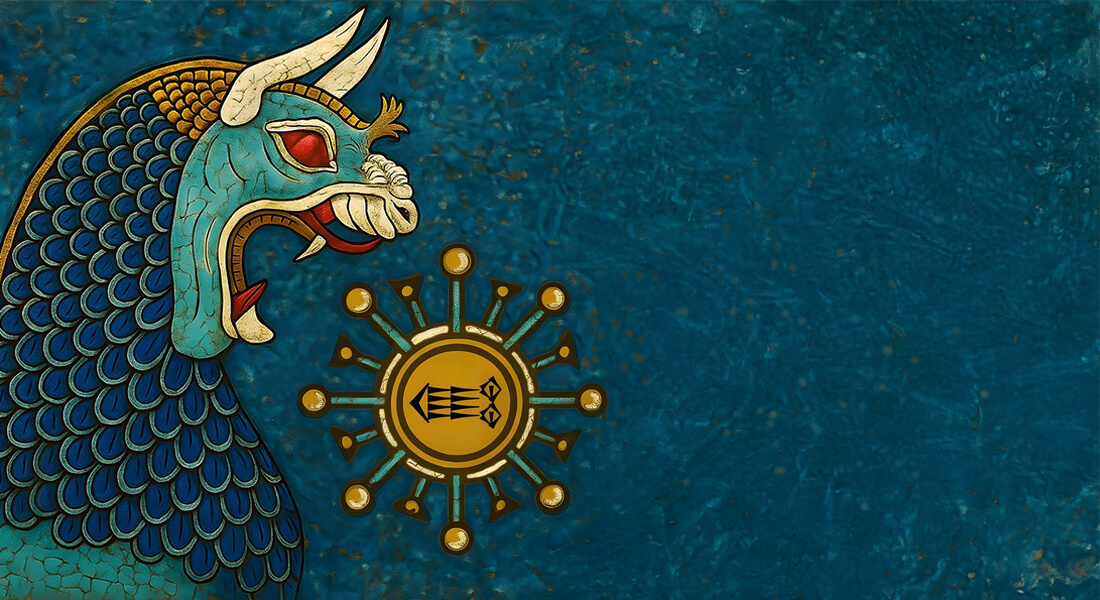From Catastrophe to Culture: Understanding Epidemics in Ancient Mesopotamia (C2C)
From Catastrophe to Culture (C2C) is a Sapere Aude research project funded by the Independent Research Fund Denmark. The project explores how the societies and cultures of ancient Mesopotamia faced, responded to, and were affected by epidemic outbreaks.

The project will provide the first holistic study of epidemics in ancient Mesopotamia (modern Iraq and Syria), drawing on cuneiform texts and archaeological evidence from the 3rd to the 1st millennium BCE. It investigates how epidemics emerged, spread, and impacted ancient societies over the course of approximately 2000 years of written history.
Through an interdisciplinary approach combining philological analysis of cuneiform texts, archaeological data, a meta-analysis of ancient DNA studies, and epidemiological modelling, the project will focus on case-studies to map the frequency, transmission, and societal responses to epidemic events from ancient Mesopotamia. The overall goal of the project is to establish a renewed timeline of Mesopotamian epidemics focusing on four research questions, namely: (1) How regularly did epidemic events occur during the first 3000 years of human written history? (2) How did epidemic diseases emerge and spread? (3) How did ancient societies react and respond to these calamities? And (4) what effects did such disasters have on the societies and cultures which survived them?
Over its three-year duration, the project will be evaluated by a multidisciplinary advisory board comprising Heather Baker (University of Toronto, Canada), Barbara Böck (Consejo Superior de Investigaciones Científicas, Madrid, Spain), and Lone Simonsen (Roskilde University, Denmark).
The overall goal is to establish the foundation for a renewed epidemic timeline hinged on ancient Mesopotamian history. All team members will contribute to identify relevant sources and extract the necessary data to critically assess and describe periods of widespread disease. Concretely, this requires examining aspects such as geographical location, population, and socio-political circumstances.
The team will examine close human-animal interactions leading up to sickness events, mentions of sick and deceased animals and humans, as well as references to famine, migration, warfare, and sanitary problems. On the basis of archaeology and texts, the team will examine ways of living in terms of family structures and proximity to people and animals.
The team will examine excavation reports for relevant archaeological sites to find evidence of widespread disease as well as potential evidence of population decline directly following periods of known epidemics. Furthermore, we will analyse the relevant texts for evidence of how socio-political entities and people individually reacted to epidemic outbreaks, and which reactions society expressed. Collectively, the results will form the basis for establishing universalities and specifics in reactions to epidemic diseases in the ancient Middle East.
Because epidemics are disruptive forces, they cause upsetting events throughout society. In Mesopotamia, such events appear to have been conceptualized as forces in the world or traumatic events. In this subproject, we will examine Sumerian and Akkadian literary texts to identify how society and cultures reacted to, and processed, the fear and trauma caused by widespread diseases.
Researchers
| Name | Title | |
|---|---|---|
| Arbøll, Troels Pank | Associate Professor |
|
| Name | Title | |
|---|---|---|
| XX | Postdoc to be hired in 2026 | |
| XX | Postdoc to be hired in 2026 | |
| XX | Student assistant to be hired in 2026 |
Funding
The project is funded by the Independent Research Fund Denmark.
Project period: September 2025 - August 2028
